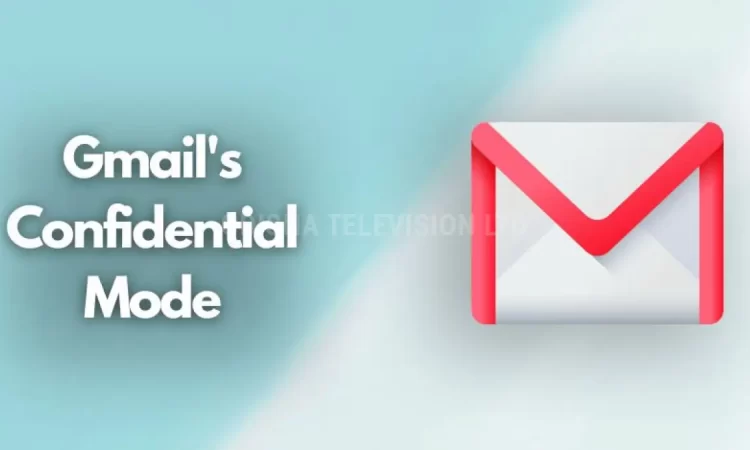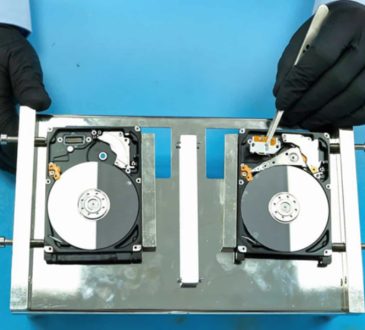
Self-destructing notes, or ephemeral messages, are digital messages or information designed to disappear or become inaccessible after a set period or under specific conditions. This concept is inspired by the “self-destruct” feature often seen in spy movies, where sensitive information automatically destroys itself to ensure secrecy and security.
In the context of online communication, self-destructing notes function similarly. These notes are in the form of text messages, images, documents, or even entire emails that are programmed to self-delete after a particular duration or after being read by the recipient. The note’s content becomes irretrievable, ensuring that sensitive information does not persist indefinitely. The concept of self-destructing notes offers several advantages over traditional email communication:
- Enhanced security and privacy – The ephemeral nature of self-destructing notes significantly reduces the risk of unauthorized access to sensitive information. By setting a limited lifespan for the note, you minimize the chances of it falling into the wrong hands or being retrieved by malicious actors. This feature is precious for sharing confidential business information, personal details, or data that should not be permanently stored or accessible.
- Reduced digital clutter – How to write notes online? Self-destructing notes help combat digital clutter and information overload. By setting a finite lifespan for each note, you avoid the accumulation of endless email threads or outdated documents. This encourages recipients to engage with the information promptly and reduces the need for manual deletion or archiving. As a result, inboxes remain organized, and important messages are less likely to be overlooked or buried under a pile of irrelevant emails.
- Encouraging timely action – The temporary nature of self-destructing notes creates a sense of urgency and encourages recipients to take action promptly. This is particularly useful for information that is time-sensitive or when you need a quick response. For example, sending a self-destructing note with a limited-time offer or a vital update prompts recipients to act immediately, increasing the effectiveness of your communication.
- Saving storage space – Unlike traditional emails that persist in our inboxes or archives indefinitely, self-destructing notes do not require long-term storage space. This benefits individuals and organizations, reducing the need for expansive data storage infrastructure. With self-destructing notes, you free up valuable digital storage space and reduce the costs of maintaining extensive email archives.
Comparing self-destructing notes to regular email
Lifespan
Self-destructing notes are designed with a finite lifespan, typically ranging from a few seconds to a set number of days. After the specified duration, the note and its contents become inaccessible or are permanently deleted. In contrast, regular emails persist indefinitely unless manually deleted by the sender or recipient.
Permanence
Regular emails are intended to be permanent forms of communication, creating a historical record of conversations and exchanges. This permanence allows for easy reference, retrieval, and archiving of information. On the other hand, self-destructing notes are designed for temporary use, prioritizing security and privacy over long-term accessibility.
Asynchronous vs. Synchronous communication
Email communication is typically asynchronous, meaning senders and recipients do not need to be online simultaneously to exchange messages. This allows for flexible and convenient communication, as participants can respond conveniently. Self-destructing notes, particularly those with a short lifespan, often encourage synchronous communication, requiring senders and recipients to be actively engaged simultaneously.




